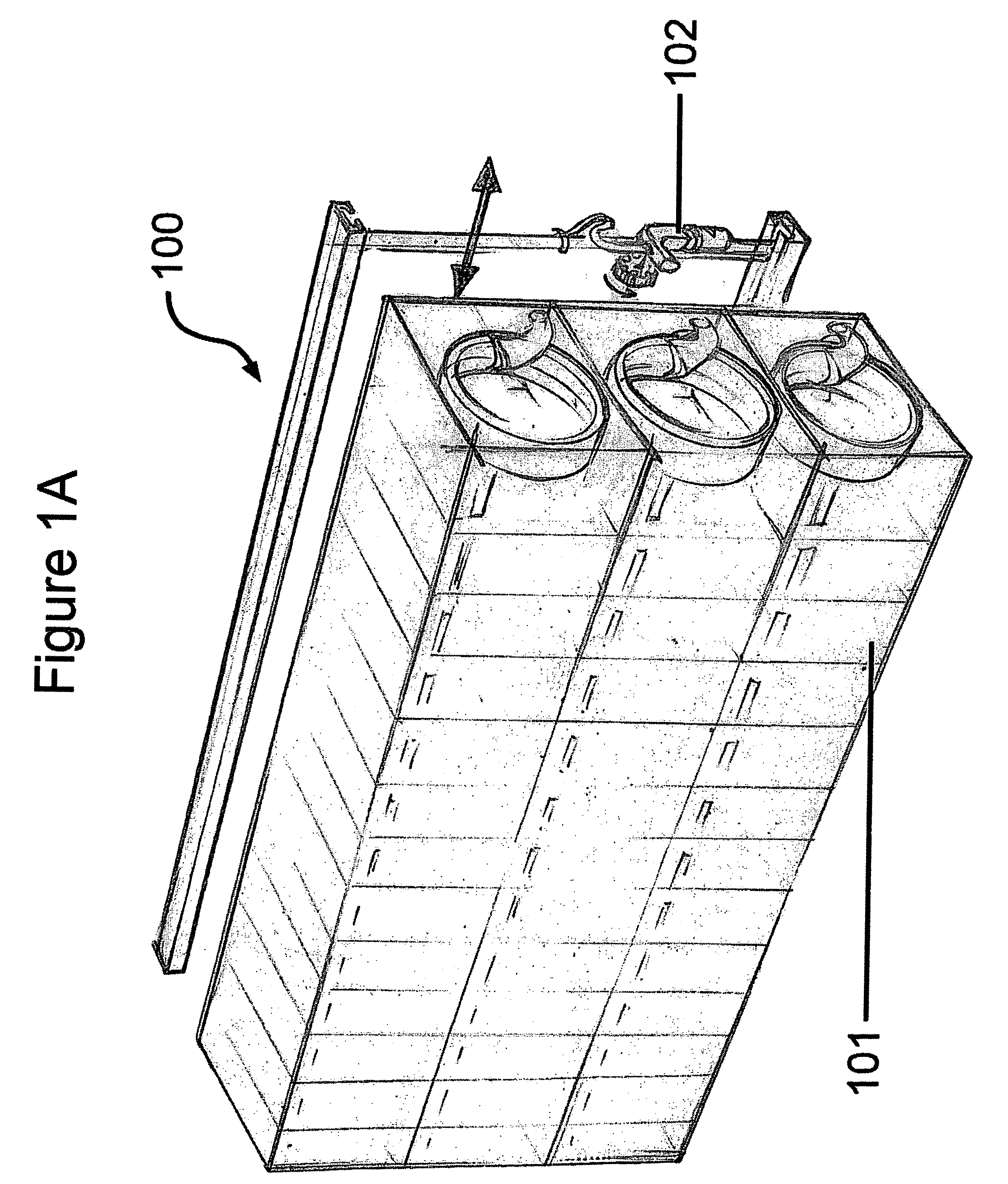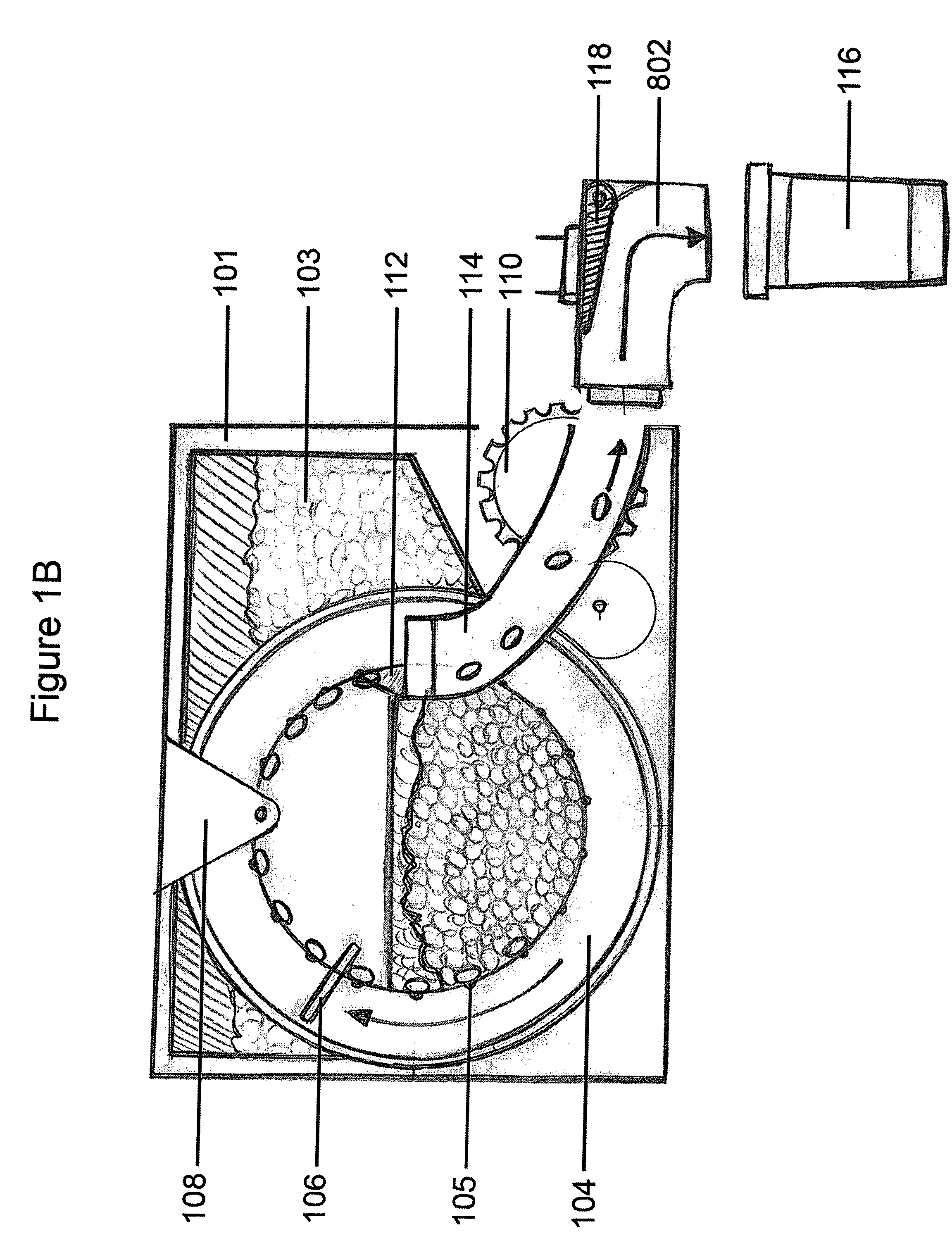Automated article dispensation mechanism
a technology of automatic dispensing and article, which is applied in the direction of de-stacking articles, instruments, tobacco, etc., can solve the problems of reducing margins, reducing the number of pharmacists in the workforce, and remaining short of pharmacists, so as to minimize the risk of pills being contaminated, and eliminate misplaced articles
- Summary
- Abstract
- Description
- Claims
- Application Information
AI Technical Summary
Benefits of technology
Problems solved by technology
Method used
Image
Examples
Embodiment Construction
[0080] A further understanding of the present invention can be obtained by reference to preferred embodiments as set forth in the illustrations of the accompanying drawings. Although the illustrated embodiments are merely exemplary of systems for carrying out the present invention, both the organization and method of operation of the invention, in general, together with further objectives and advantages thereof, may be more easily understood by reference to the drawings and the following description. The drawings are not intended to limit the scope of this invention, but merely to clarify and exemplify the invention.
[0081] The vacuum driven pill collection and dispensing system is shown in FIGS. 1 and 3-16. It is noted that the system may also apply to any solid or semi-solid articles such as candy, grain, discrete components, beans, tablets, capsules, vitamins, dietary supplements, etc. that require sorting and consolidation.
[0082]FIG. 1A is an overview macro-level drawing of an ...
PUM
 Login to View More
Login to View More Abstract
Description
Claims
Application Information
 Login to View More
Login to View More - R&D
- Intellectual Property
- Life Sciences
- Materials
- Tech Scout
- Unparalleled Data Quality
- Higher Quality Content
- 60% Fewer Hallucinations
Browse by: Latest US Patents, China's latest patents, Technical Efficacy Thesaurus, Application Domain, Technology Topic, Popular Technical Reports.
© 2025 PatSnap. All rights reserved.Legal|Privacy policy|Modern Slavery Act Transparency Statement|Sitemap|About US| Contact US: help@patsnap.com



